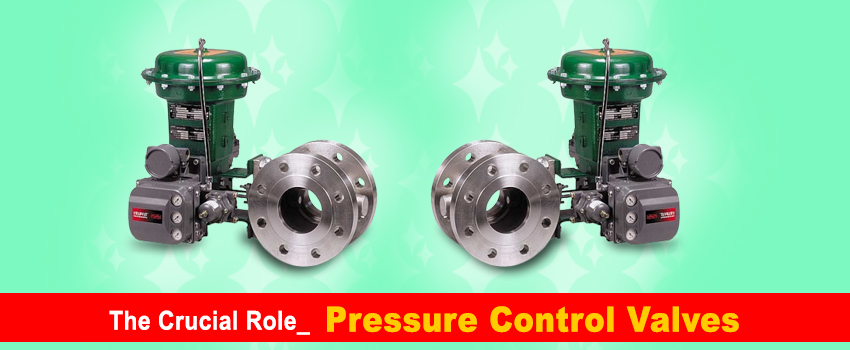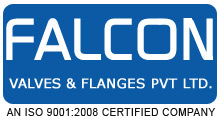sales@fvfindia.com View Mobile Number
The Crucial Role Of Pressure Control Valves
Posted by Admin on January, 10, 2024

Pressure control valves play significant roles in different systems. It assures the stability, safety and efficiency of processes by controlling and handling fluid pressure.
The use of valves is integral in industries like oil and gas. It is also used in manufacturing processes that involve hydraulic systems or water treatment facilities. It is highly crucial in places where precise pressure control is critical for achieving optimal performance and safety. Continue reading to learn more about pressure control valves.
Functionality
Pressure control valves are designed to maintain, regulate or limit the pressure of liquids and gases in a system. These valves are triggered by the pressure change and react accordingly to stabilise it. It also simultaneously controls flow to keep equipment safe from damage while ensuring overall system safety.
Types of Pressure Control Valves
There are different designs of pressure control valves tailored for specific use.
1. Pressure Relief Valves
These valves play a vital role in the prevention of overpressure situations. Once the pressure surpasses a predetermined setpoint, they open to release excess pressure and prevent catastrophic failures ensuring system integrity.
2. Pressure Reducing Valves
These valves keep efficient downstream pressure by lowering the stress of incoming water from the supply line. They make sure that downstream components function within safe pressure limits thereby improving system efficiency and safety.
3. Pressure Regulating Valves
These valves control pressure within a system, actively regulating the flow. It conducts in such a way that it remains constant even when there is an increase in upstream pressures. They provide precise control hence, they are useful in those systems that need stability and accuracy.
4. Back Pressure Regulators
These valves manage the upstream pressure by holding a specific pressure level on the downstream side of the system. They prevent pressure from falling below a certain threshold that ensures continuous flow and performance.
Applications
Pressure control valves are used in various diverse sectors.
1. Oil and Gas
These valves control pressure in oil refining and distribution pipelines. It permits the safe and efficient conveying of gases and fresh oils.
2. Manufacturing and Processing
Industrial processes frequently depend on the precise control of pressure to promote efficient production and maintain product quality.
3. Water and Wastewater Treatment
The use of pressure control valves is essential in the management of water and wastewater treatment processes. It maintains uniform flow rates without causing any harm to delicate equipment.
4. Automotive and Aerospace
In vehicles and aircraft, these valves are used in hydraulic systems to control fluid pressure for operating various mechanisms.
Importance in Safety
Pressure control valves play a crucial role in ensuring its safety. Catastrophic system overpressure poses huge risks for the equipment, personnel and environment. Pressure relief valves, for instance, are crucial safety devices which avoid dangerous situations by releasing excessive pressure.
Technological Advancements
Pressure control valves with advanced technology continue to improve efficiency and accuracy. Digital control systems, smart sensors and automation have enhanced the precision and response of these valves. Nowadays, there is real-time monitoring as well as adjustment of pressure levels.
Conclusion
Pressure control valves are essential components in a range of industries. It ensures that operations run smoothly and safely while preserving efficiency.
Their ability to control and hold pressure within certain boundaries is critical for minimising damage, ensuring safety, and optimising processes. As technology continues to develop, pressure control valves will remain paramount.
Search
Category
Recent Posts

Leave a Comment